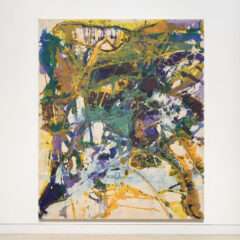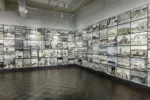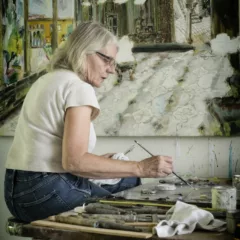Think of your childhood, and think of the vacation destinations and summer retreats whose every detail you can still conjure up to this day. Chances are, these places have been demolished, redone, or otherwise completely changed from what you knew. Ellen Harvey’s installation “Arcade/Arcadia” at Locks Gallery captures the strangeness and alienation of seeing the town of your youth overrun by the modern era.
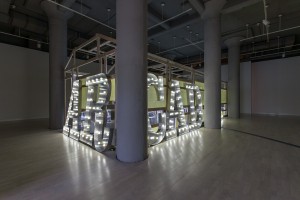
“Arcade/Arcadia,” aside from being a commentary on human destruction and regeneration, is a statement on the way JW Turner’s original, grandiose vision of the British seaside resort Margate has fallen victim to degradation. Harvey, commissioned to create the exhibition for the opening exhibition of the Turner Contemporary in Margate, U.K., calls her only prior knowledge of Margate “apocryphal – I had heard of it because my grandparents and father, working-class people from Birmingham, went there every summer,” she said in a recent interview at Locks. However, Margate’s emotional significance for Turner, its loss of its idyllic natural beauty and its current “decayed amusement park feel” resonated with her.
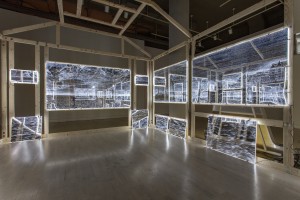
The installation at Locks is a three-quarters-scale recreation of the Turner Contemporary version. The inside is outfitted with thirty-four engraved mirrors mounted on light boxes that are replicas in size and positioning, but not subject matter, of the works in Turner’s personal gallery at the time of Turner’s death. The subjects of Turner’s paintings, including scenes from Margate as he knew it, have been replaced here with components of a 360-degree view of contemporary Margate. The engravings provide the visitor with a ghostly, darkened view of modern Margate, complete with the garish modern additions to the landscape, and the sea below it. There are vague hints of Margate’s former beauty, but not many.
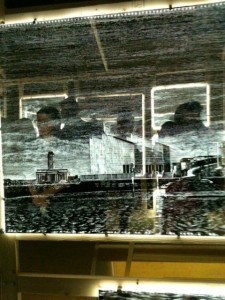
The “ARCADIA” sign is an homage to the sign for Margate’s defunct Dreamland amusement park, which in turn came from the Dreamland sign at Coney Island’s Dreamland. Here, the spatial considerations of the Locks Gallery made it necessary to modify the sign’s appearance, wrapping it around the cottage. It still gives off a carnivalesque air, but it’s noticeably different from the original version, augmenting the feeling Harvey has created, of being inside a funhouse.
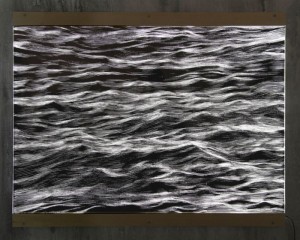
The engravings were done by etching the backs of plexiglass mirrors with a diamond-tipped pen, a laborious (and non-biodegradable) process done in reverse. That meant that it was crucial to avoid any mistakes, since there was no way of going back and erasing anything. In a humorous nod to the tension of making everything perfect, the next room contains “Destroyed Landscapes,” where Harvey has done just the opposite and scrawled freely all over the backs of the mirrors. It’s a gesture of levity in an otherwise somber exhibition.
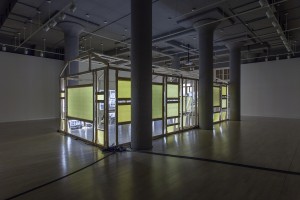
“Turner was in love with Margate,” Harvey said – as were many people who saw it as a perfect, idyllic place, and still it was abandoned to the ravages of time. Harvey is captivated both by what she considers “the human desire for the sublime,” and the paradoxical inability of people to leave their surroundings alone. While she’s not optimistic that people will ever be able to control their tendency to ruin the things they cherish, she finds the cycle of regeneration fascinating. The grimness of the landscape portrayed by “Arcade/Arcadia” is a reminder that we’ll always be both in pursuit of Arcadia and responsible for its destruction.


